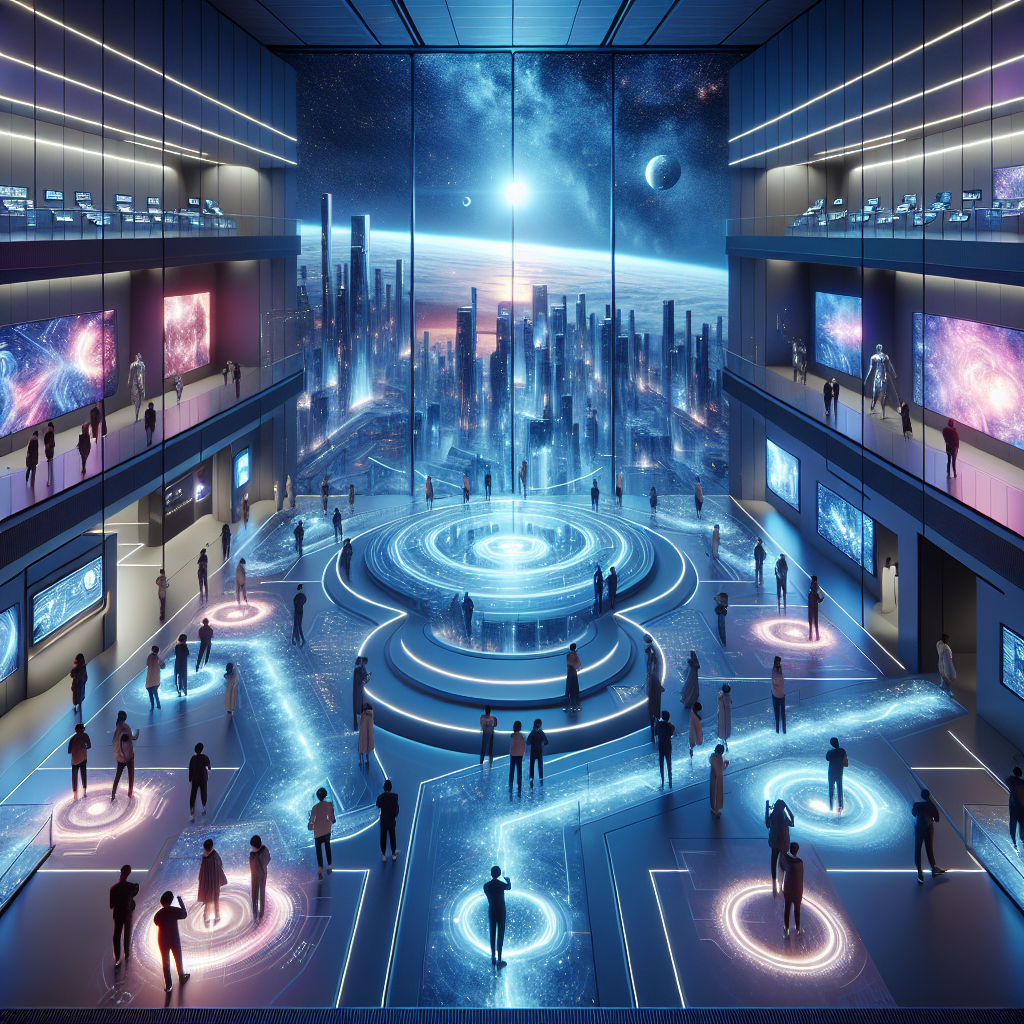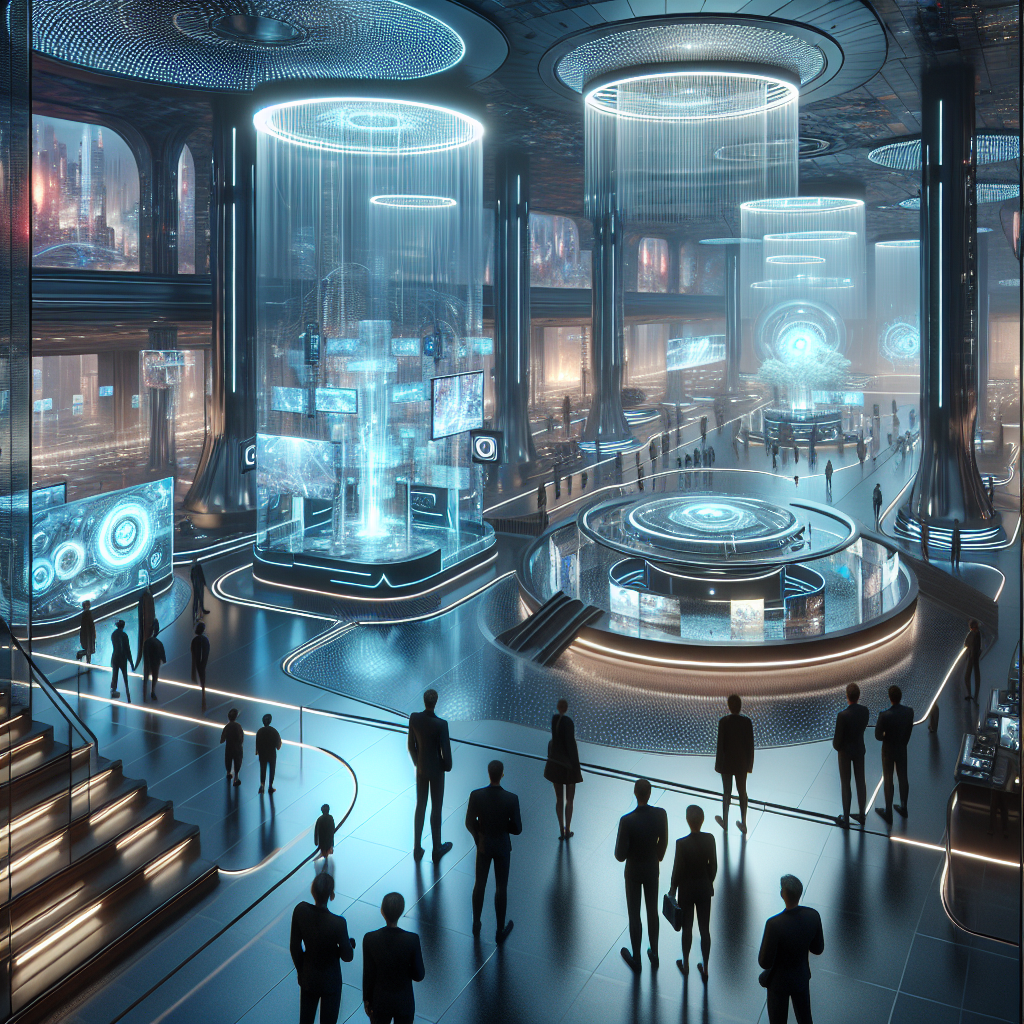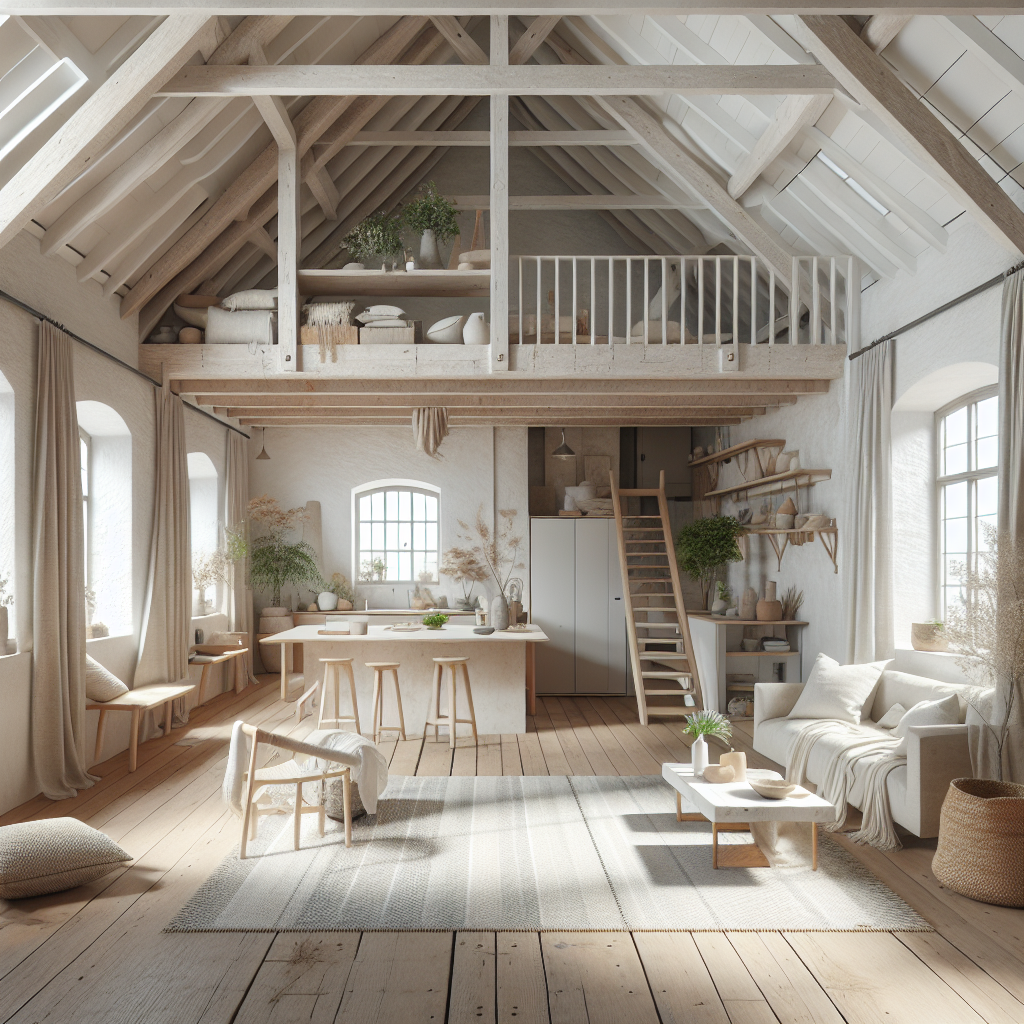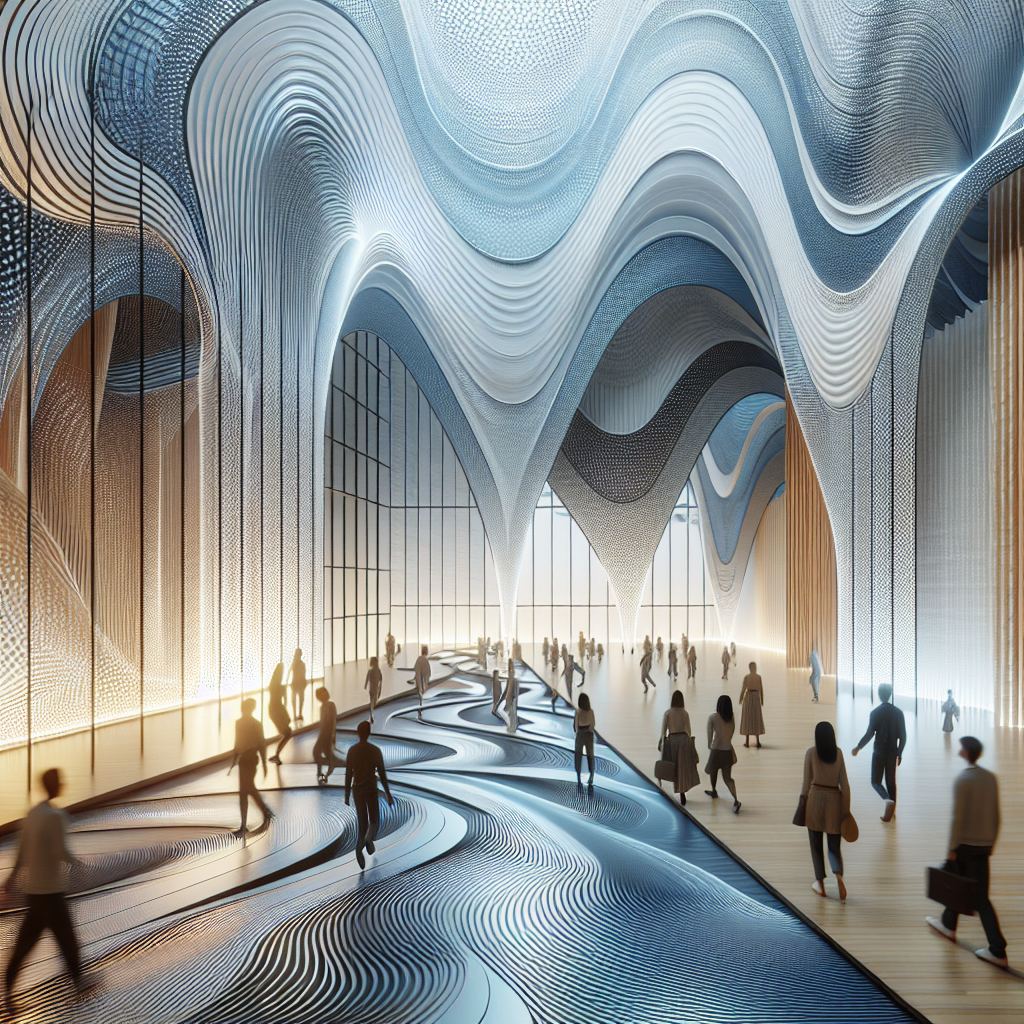NFT Art Explained: Digital Creations Changing the Art Market
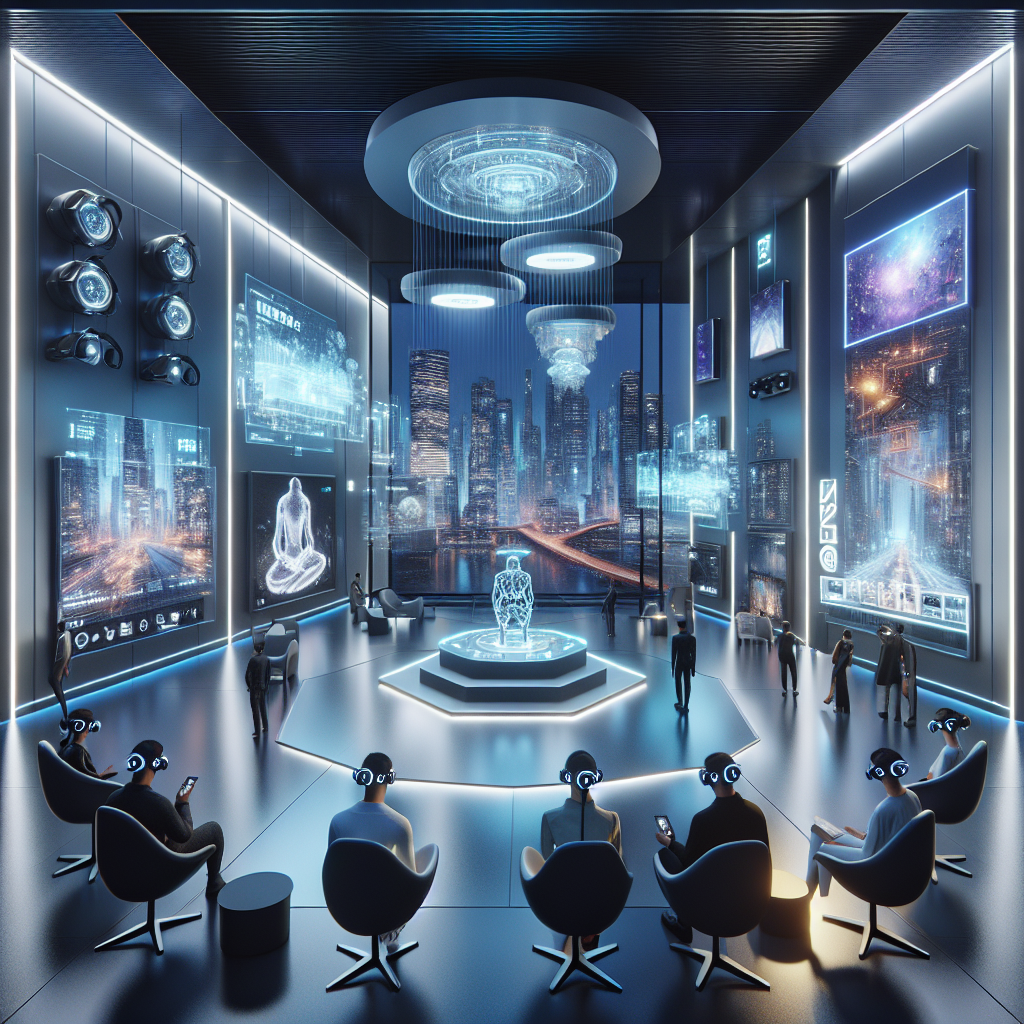
NFT Art Explained: Digital Creations Changing the Art Market
In recent years, the art world has witnessed a groundbreaking shift, driven by technological innovation and digital transformation. At the heart of this revolution is the emergence of Non-Fungible Tokens (NFTs), a phenomenon reshaping the landscape of contemporary art and design. For architects, interior designers, and sophisticated design enthusiasts, understanding NFTs is essential—not only as a cultural trend but as a powerful force influencing creative industries and market dynamics.
What Exactly is NFT Art?
An NFT, or Non-Fungible Token, is a unique digital asset verified using blockchain technology, which certifies its authenticity and ownership. Unlike cryptocurrencies such as Bitcoin, NFTs are not interchangeable; each token represents a distinct digital creation, from artworks and animations to music and virtual real estate. This uniqueness and verifiable ownership have propelled NFTs into the spotlight, captivating artists, collectors, and design professionals alike.
The NFT art market has surged dramatically since its inception, with high-profile sales capturing global attention. Notably, digital artist Beeple’s artwork “Everydays: The First 5000 Days” sold for an astonishing $69 million at Christie’s auction house in 2021, marking a pivotal moment for digital art legitimacy. Such landmark events underscore NFTs’ potential to democratize art ownership and redefine value within the creative economy.
The Intersection of NFTs and Architecture
For architects and interior designers, NFTs present a compelling opportunity to explore innovative forms of expression and monetize digital creations. Architectural visualizations, virtual walkthroughs, and conceptual renderings can now be tokenized as NFTs, allowing creators to retain control over their intellectual property and benefit financially from their digital assets.
Consider the futuristic cityscapes depicted in films like Blade Runner 2049; such visionary designs, previously confined to cinematic imagination, can now be minted as NFTs, granting architects new avenues for creative exploration and economic empowerment. This intersection of technology and design is further explored in our previous article on technology’s impact on futuristic city design.
Virtual Spaces and Digital Interiors
The rise of virtual reality (VR) and augmented reality (AR) has paved the way for immersive digital environments, further amplified by NFT technology. Virtual spaces, such as galleries, showrooms, and even entire digital homes, can be uniquely owned and traded as NFTs. Interior designers can now craft meticulously detailed virtual interiors, complete with bespoke furniture, lighting, and decorative elements, creating digital assets with tangible value.
Imagine a virtual penthouse overlooking a digitally rendered Manhattan skyline, featuring collectible furniture pieces inspired by iconic designs like the Minotti Andersen Sofa—a masterpiece of design and functionality, as discussed in our earlier exploration of Minotti’s iconic creations. Such virtual spaces offer designers limitless creative freedom, unbound by physical constraints, and open new revenue streams through NFT sales.
Sustainability and NFTs: A Complex Relationship
While NFTs present exciting opportunities, they also raise critical questions regarding sustainability. The blockchain technology underpinning NFTs, particularly Ethereum, has faced scrutiny for its significant energy consumption. As the design industry increasingly prioritizes sustainability and net-zero goals, the environmental impact of NFTs cannot be overlooked.
However, recent advancements, such as Ethereum’s transition to a proof-of-stake model, have significantly reduced energy consumption, making NFTs more aligned with sustainable practices. For architects and designers committed to environmental responsibility, understanding these technological developments is crucial. Our article on achieving net-zero in design and architecture provides further insights into balancing innovation with sustainability.
Biophilic Design Meets Digital Innovation
Biophilic design, which integrates natural elements into built environments to enhance human well-being, is another area where NFTs can intersect meaningfully. Digital artists and designers can create virtual biophilic spaces, offering immersive experiences that evoke nature’s tranquility and beauty. These digital sanctuaries can serve therapeutic purposes, providing stress relief and promoting mental health.
Imagine entering a virtual atrium filled with lush greenery, cascading waterfalls, and gentle bird songs—a digitally rendered biophilic haven minted as an NFT. Such innovative applications highlight the potential for NFTs to enrich human experiences and promote well-being, as detailed in our previous discussion on biophilic design’s impact on health.
The Future of NFT Art and Design
As the NFT market matures, its implications for art, architecture, and design will continue to evolve. Industry forecasts predict sustained growth, driven by increased adoption, technological advancements, and expanding applications across creative disciplines. Moreover, the integration of NFTs with emerging technologies like artificial intelligence (AI) and virtual reality (VR) promises unprecedented creative possibilities.
Architects and designers who embrace NFTs early stand to benefit significantly, positioning themselves at the forefront of innovation. The future may see entire digital cities, virtual museums, and immersive design experiences tokenized as NFTs, redefining how we perceive, value, and interact with creative works.
Case Study: Virtual Architecture and the Metaverse
The concept of the metaverse—a collective virtual shared space—is rapidly gaining traction, fueled by advancements in VR, AR, and blockchain technology. Virtual architecture within the metaverse represents a burgeoning frontier for NFTs, enabling architects to design and monetize digital structures that users can inhabit, explore, and own.
For instance, virtual real estate platforms like Decentraland and The Sandbox allow users to purchase NFT-based land parcels, where architects can create bespoke digital buildings, galleries, and public spaces. These platforms exemplify the transformative potential of NFTs, offering architects unprecedented creative freedom and economic opportunities within the digital realm.
Conclusion: Embracing Digital Transformation
NFT art represents more than a fleeting trend; it signifies a profound shift in how we create, value, and experience art and design. For architects, interior designers, and design enthusiasts, understanding NFTs is essential to navigating this rapidly evolving landscape. By embracing digital transformation and exploring innovative applications of NFTs, creative professionals can unlock new possibilities, redefine industry norms, and shape the future of art and design.
As we continue to explore the intersection of technology and creativity, NFTs will undoubtedly play a pivotal role, challenging traditional notions of ownership, authenticity, and value. The art market is changing—are you ready to embrace the digital revolution?
For further reading on how technology continues to shape our built environment, explore our article on virtual reality in architectural visualization, or delve into the fascinating world of NFTs on Wikipedia.
To better understand blockchain technology’s broader implications, visit the comprehensive overview provided by Wikipedia’s blockchain entry. Additionally, explore the concept of the metaverse and its architectural potential through Wikipedia’s metaverse article.
Ultimately, NFTs are not merely digital collectibles—they represent a new paradigm in creativity, ownership, and innovation, poised to redefine the art and design landscape for years to come.
